Double bassist Alex Ferkey believes that young string players are often derailed by information overload, and should trust more in unconscious processes when trying to perfect their technique

Discover more Featured Stories like this in The Strad Playing Hub
Read more premium content for subscribers here
For many young players, learning a stringed instrument is a monumental and mystifying task. They’re confronted with seemingly infinite methodologies, fingering systems and approaches to intonation, not to mention the variables that come with using a bow. Overwhelmed with information, young string players often accept that they are doomed to spend years screeching and crunching through music before they start to sound ‘good’.
How can this be the case, given we have hundreds of years of pedagogical tradition and access to more knowledge than ever before? It can only be that more information is not necessarily the answer. Human beings are inherently poor multitaskers; adding more variables results in increased stress and a worse outcome for each task. So in teaching string students, how can we distil bowings and fingerings into simple, logical steps?
Take, for example, a shift. Common procedure is to practise each shift through repetition until it becomes secure and automatic. The idea is that, having mastered a particular shift in one piece or study, we can carry over that experience to different contexts. But this process only gains us security one shift at a time, and that security may be affected by an increase in tempo or placing the same-sized shift between a different set of notes. Miss a shift by a millimetre and we are no longer playing the correct note.
Essentially, string players are people who move for a living
But we cannot truly know where a note is, because finding it is not the role of the conscious brain. Rather, it is a two-step process. The first step is to allow our ear to hear the note internally. We cannot begin a journey until we know where we are going. The second is to allow our body to move freely towards the note and in the tempo of the specific piece we are playing. During this process, the only conscious decision to make is which finger to move towards the general location of the note. However, once we begin playing, the job of the conscious brain is done; any interjection of thought or attempt at control inhibits the movement of the arm, and we may miss the shift. When we allow our ears to take precedence over conscious control, and allow our body to move fully within the tempo of the music, shifts become simple – even easy.
When a problem arises, most of us approach it cerebrally and engage thought-first. If the power goes out, you might run through a mental list of what may have caused it. In planning a trip, we might try to anticipate what we need to pack. The brain excels in this diagnostic process, and this is crucial for effective practice in music. But note that in both of these examples, the focus is on either the past or the future: what has happened, and what might/should/will happen. But, just like the act of walking down the street, playing a sport or dancing, performing music exists solely in the present. Leading with the brain in these activities can only lead to failure because we cannot possibly control the myriad adjustments and fine motor control our bodies use. Consciously try to control every part of your body when walking and you may well fall over. Instead of trying to build a process into what we wish it to be, we should allow ourselves to deal only with the simple reality of what is.
Essentially, string players are people who move for a living. In learning an instrument, we are learning how to move in the right way – freely and without tension. It doesn’t need to be an arcane, overwrought process. Rather, it should be one of experimentation and feedback, akin to a child learning to walk. How does our body naturally want to move? How does the string react to our movements? What does playing in tune feel like? Simple questions, answered one at a time.
Read: Opinion: Criticism in teaching
Read: Opinion: Choosing the right repertoire for group instrumental lessons
Discover more Featured Stories like this in The Strad Playing Hub
Read more premium content for subscribers here
The number one source for playing and teaching books, guides, CDs, calendars and back issues of the magazine.
In The Best of Technique you’ll discover the top playing tips of the world’s leading string players and teachers. It’s packed full of exercises for students, plus examples from the standard repertoire to show you how to integrate the technique into your playing.
The Strad’s Masterclass series brings together the finest string players with some of the greatest string works ever written. Always one of our most popular sections, Masterclass has been an invaluable aid to aspiring soloists, chamber musicians and string teachers since the 1990s.
American collector David L. Fulton amassed one of the 20th century’s finest collections of stringed instruments. This year’s calendar pays tribute to some of these priceless treasures, including Yehudi Menuhin’s celebrated ‘Lord Wilton’ Guarneri, the Carlo Bergonzi once played by Fritz Kreisler, and four instruments by Antonio Stradivari.

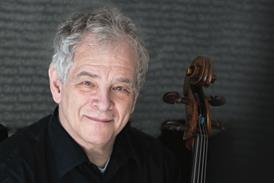




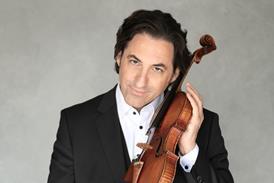
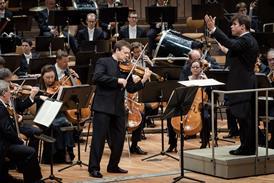


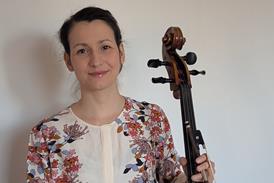
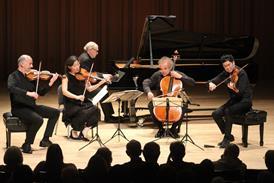


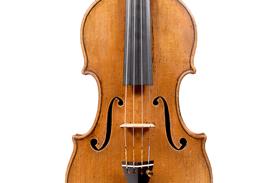
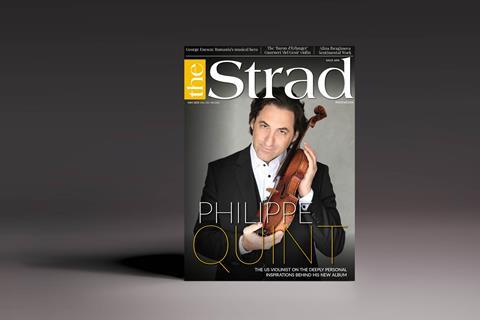




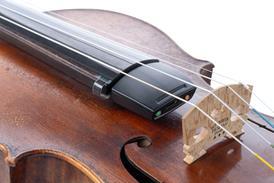
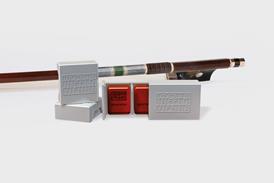
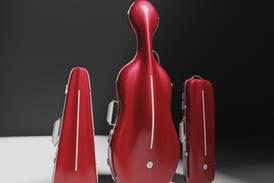















No comments yet